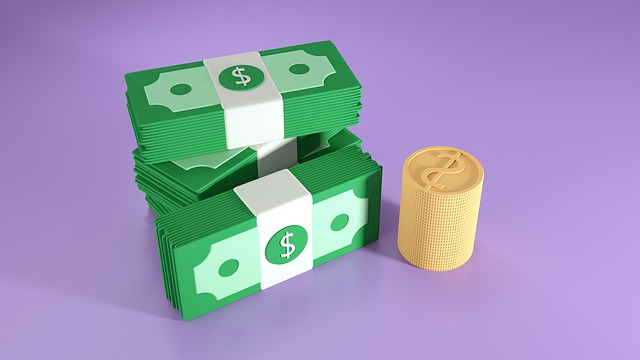Who Takes Advantage of Payday Loans?
Payday loans are utilized by 12.3 million working-age individuals in the United States each year. A borrower will get eight loans every year, with each loan being worth $375, and will pay $520 in interest over the course of the year.
According to the findings of research conducted, 5.5% of adults in the United States have taken out a payday loan in the preceding five years. Of those who have borrowed money, approximately 75% have done so from physical locations, while the remaining 25% have done so via the internet. According to statistics collected across the state laws, borrowers take out the equivalent of eight payday loans each year, paying back an average of $375 in principal and approximately $520 in interest. In 2015, the most recent year for which data is currently available, a total of 12 million people in the United States obtained a payday loan through either a traditional brick-and-mortar establishment or online.
What kind of person is most likely to apply for a payday loan?
The vast majority of people who apply for payday loans are white women between the ages of 25 and 44, and their average age falls somewhere in the middle of those two groups. After adjusting for other factors, the likelihood of using a payday loan is higher for the following five groups of people: those who do not have a degree from an institution that offers a four-year program or who rent their homes; African Americans; those who earn less than $40,000 per year; and those who are divorced or have previously been divorced. It is interesting to note that despite the fact that having a lower income is associated with a higher risk of utilizing payday loans, other variables may be more significant to payday loan usage than income itself. When compared with renters from USA lending industry with greater earnings, for instance, those who own their own homes but have lower incomes are more likely to use. When compared to homeowners who earn between $15,000 and $40,000, renters who earn between $40,000 and $100,000 are more likely to have used payday loans than homeowners who earn between $15,000 and $40,000.
Why Do Borrowers Consider Payday Loans?
Payday loans are used by the vast majority of borrowers to cover monthly living needs, not unexpected situations that can arise over the course of a few weeks. The average borrower is behind on their payments for around half of the year.
In most cases, people turn to payday loans as a short-term solution to unforeseen bills, such as when their automobile needs repairs or when they have a medical emergency. However, the typical borrower takes out eight loans, each of which lasts for one day, and as a result, they have an emergency loan that is available for a total of five months during the course of the year. In addition, the findings of the study taken from people of all different walks of life reveal that they utilize the loan to pay for the cost of living, which is a consistent component of their lives. When they obtained a loan for the very first time from a payday lender:
- 69% of the cases involved using it to pay for reoccurring expenses such as mortgage or rent payments, credit card bills, utility bills, or even food prices.
- 16% of the cases featured unplanned expenses such as auto repair or a medical emergency charge.
Without Payday Loans, What Would Borrowers Do?
If they were faced with a financial crisis or payday loans were unavailable, 81 % of those who borrow think they’d lower their spending. Some would even put off paying expenses, depending on family and friends, or even sell their personal belongings.
If presented with a scenario situation where payday loans were unavailable, customers who have a storefront would use different alternatives. 81% of people who have taken advantage of a storefront payday loan will cut down on costs such as eating out and clothes. The majority also put off the payment of bills, borrow money from friends or family members and take possessions off the market or even pawn them. The most popular options frequently are those that don’t require a financial institution. 44% of people say they’d have a loan through banks or credit unions, and fewer would utilize credit cards (37 percent) or credit cards (37 percent) or get a loan from their company (17 percent).
Does Payday Loan Legislation Influence Borrowing?
This leads to a large net reduction in the number of payday loans used, and consumers aren’t pushed to seek out payday loans online or from other sources in states with tight legal protections.
In the states that have the most stringent regulations, only 2.9 percent of adult residents had used payday loans in the preceding five years (including retail stores, online sites, and other forms of borrowing). The total rate of people who utilize payday loans is approximately 6.3 percent in states with moderate restrictions, while the average rate is 6.6 percent in areas with the least amount of regulation. In addition, there is not a discernible distinction between states that have payday lending outlets and states that do not have these outlets when it comes to the availability of payday loans through online lenders and other sources. In states where there are no physical storefronts, just five out of every 100 potential borrowers choose to obtain payday loans through alternate sources like the internet or from their employers or banks. The remaining 95 do not use payday loans.


